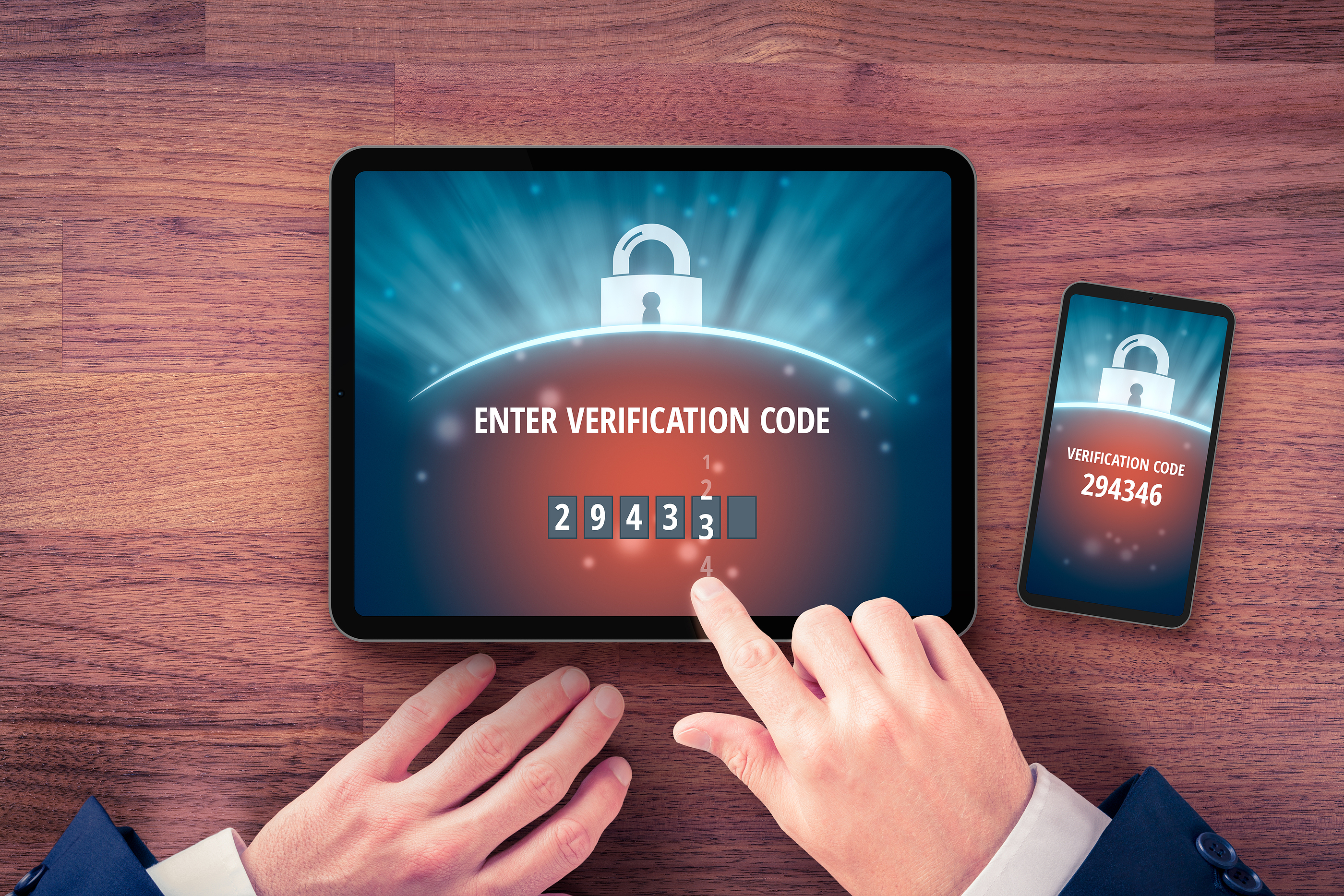7 Tactics Used to Protect Your Business in a Defense-in-Depth Cybersecurity Approach

Cybersecurity threats are more relevant than ever before, and businesses need to take a proactive approach to protect their sensitive data and financial assets. A defense-in-depth cybersecurity approach is a comprehensive strategy that employs multiple layers of security measures to mitigate the risks of cyber attacks. In this article, we will delve deeper into the tactics used in a defense-in-depth cybersecurity approach to safeguard businesses against cyber threats.
1. Conduct a Comprehensive Risk Assessment
The first step in implementing a defense-in-depth cybersecurity approach is to conduct a comprehensive risk assessment. This process involves identifying all the assets that need protection and the potential threats and vulnerabilities that could be exploited. It also includes the potential impact of a successful cyber attack. Moreover, a thorough risk assessment should be conducted by a team of experts who understand the complexities of cybersecurity and have experience in the industry.
The risk assessment should also consider the potential costs associated with a cyber attack, such as reputational damage, loss of revenue, and legal liabilities. Once the risk assessment is complete, the findings should be used to develop a comprehensive security policy.
2. Develop a Security Policy
The security policy is a set of guidelines that outlines the measures that will be taken to protect the business. This policy should be based on the findings of the risk assessment and should be reviewed and updated regularly. It should also be communicated to all employees and stakeholders to ensure that everyone is aware of their responsibilities in maintaining the security of the business.
The security policy should cover all aspects of the business’s operations, including the use of technology, access controls, password policies, and incident response procedures. It should also establish clear guidelines for the handling of sensitive data and the use of third-party vendors.
3. Implement Network Security Measures
Network security is a critical component of any defense-in-depth cybersecurity approach. These measures include:
- Firewalls
- Intrusion detection and prevention systems
- Virtual private networks (VPNs)
Firewalls block unauthorized access to the network and prevent malware from entering as the first layer of defense. Additionally, intrusion detection and prevention systems monitor network traffic for signs of suspicious activity, and VPNs provide a secure connection between remote employees and the company network.
In addition to these measures, businesses should also consider implementing network segmentation, which involves dividing the network into smaller subnetworks to limit the spread of malware in the event of a breach. Network security measures should be regularly updated to ensure that they are effective against the latest threats.
4. Implement Endpoint Security Measures
Endpoint security measures protect individual devices such as laptops, desktops, and mobile devices from cyber threats. These measures include antivirus software, anti-malware software, and intrusion prevention software. Endpoint security measures should be regularly updated to ensure that they are effective against the latest threats.
Businesses should also consider implementing endpoint detection and response (EDR) solutions. EDR solutions use advanced analytics and machine learning to identify and respond to potential threats on individual endpoints.
5. Implement Access Control Measures
Access control measures ensure that only authorized personnel can access sensitive information and assets. For example, these measures include multi-factor authentication, access controls, and password policies.
Multi-factor authentication requires more than one condition to be met before a user can access their account. This can be a password and a fingerprint scan or a text message with a unique code. Access controls limit access to sensitive data based on job role and responsibilities, while password policies ensure that passwords are strong and regularly changed.
Businesses should also consider implementing privileged access management (PAM) solutions. PAM solutions provide a centralized platform for managing access to privileged accounts, which are often targeted by cybercriminals.
6. Conduct Regular Security Training
Human error is a common cause of cybersecurity breaches. For example, employees may inadvertently download malware or fall victim to phishing attacks. Therefore, regular security training can help employees understand the importance of cybersecurity and how to identify and prevent potential threats.
Training should cover topics such as password management, email security, and safe browsing practices. It should also be tailored to the specific roles and responsibilities of employees to ensure that they understand the risks associated with their job functions.
7. Implement Incident Response Procedures
Despite the best efforts of businesses, cyber attacks can still occur. In the event of a cyber attack, it is critical to have an incident response plan in place to minimize the impact of the attack.
Additionally, the incident response plan should include a clear chain of command, a list of key stakeholders, and predefined procedures for detecting, containing, and eradicating the attack.
Businesses should also conduct regular incident response drills to ensure that the plan is effective and to identify areas for improvement. The incident response plan should be regularly updated to reflect changes in the business’s operations and the evolving threat landscape.
Implement Defense-In-Depth Today
A defense-in-depth cybersecurity approach is a comprehensive strategy that employs multiple layers of security measures to mitigate the risks of cyber attacks. Therefore, this approach is critical for businesses that need to protect sensitive data and financial assets from cyber threats.
Moreover, the tactics discussed in this article, including conducting a comprehensive risk assessment, developing a security policy, implementing network and endpoint security measures, implementing access control measures, conducting regular security training, and implementing incident response procedures, are all critical components of a defense-in-depth cybersecurity approach.
At Copperband Technologies, we specialize in helping businesses implement a defense-in-depth cybersecurity approach tailored to their specific needs. Contact us today to learn more about how we can help protect your business from cyber threats.






